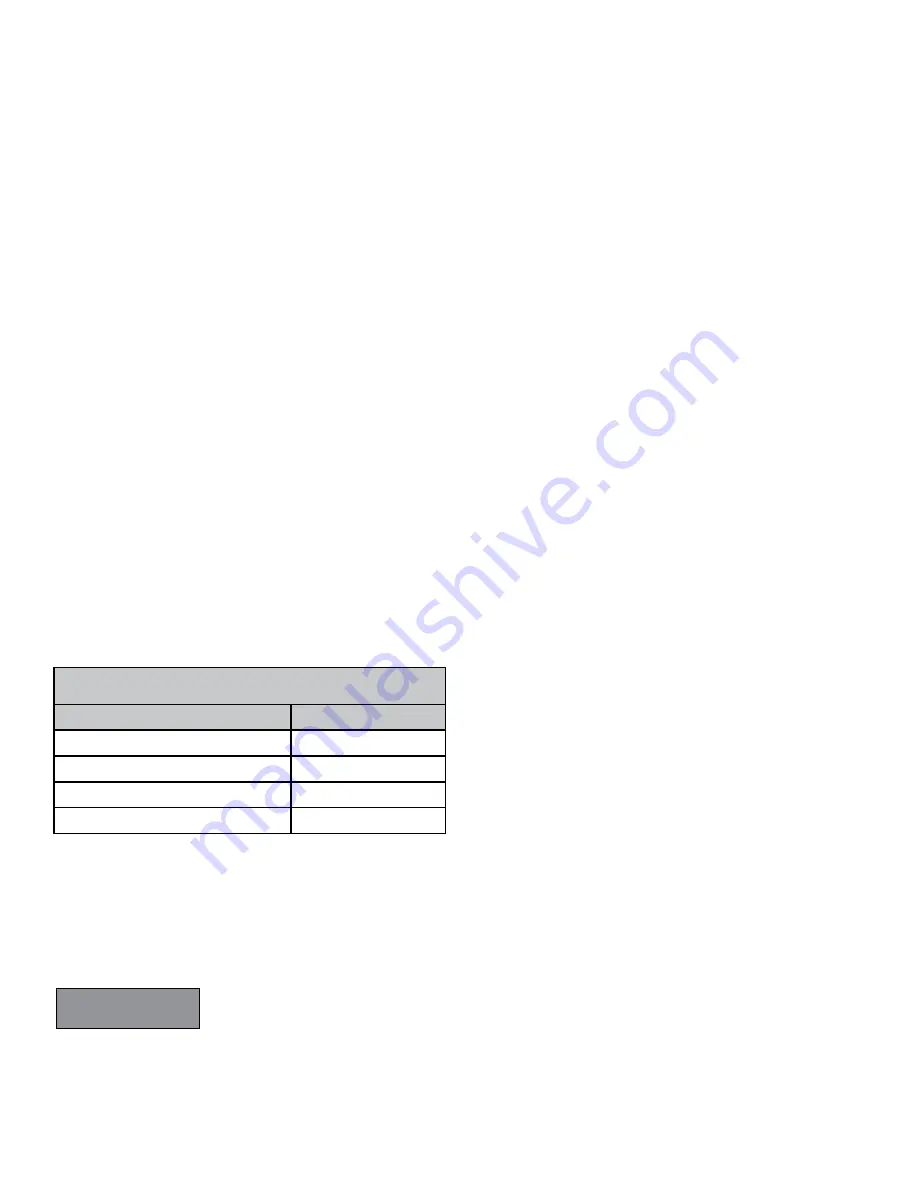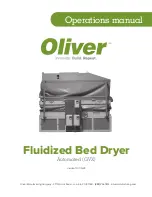
21
Carolina Cooker®
844-478-4334
Model M52509, M59541, M64556, & M64557
February 2022
5. Begin cooking.
a. Use the same size pieces to ensure even
cooking.
b. Carefully lower basket into oil.
c. Batter-covered foods should be lowered
carefully, one by one, into the basket or placed
into the basket and then lowered into the oil.
d. Do not add food while the basket is submerged
in oil to prevent splattering oil.
e. Avoid water-based marinades.
f. Always use metal tongs or slotted spoons to
remove food. Never use plastic utensils.
g. Do not overcrowd the frying basket, which can
cause undercooking, uneven cooking, and over
flowing of the oil.
h. Do not salt foods over the appliance as this will
contaminate the oil and can cause damage to
the vats or mesh baskets.
i. Because frying is a very fast cooking process,
food can blacken, burn, and become a potential
fire hazard if cooked only a few minutes too long.
j. Keep all flammable products, such as paper
towels and other cloth items, away from the
appliance.
k. While in close proximity to the appliance, wear
eye protection and use oven mitts to protect
against burns.
6. Remove the cooked food and test it with an accurate
food grade thermometer.
USDA Recommended Safe Minimum Internal
Temperatures
Meat
Temperature
Poultry
165° F
Ground meats
160° F
Fresh beef, lamb, or veal
145° F
Pork and ham
145° F
7. When cooking is complete, always close the gas
pressure shutoff valve first, then close the
LP cylinder valve last.
8. Allow the cooking liquid to cool (approximately two
hours) and dispose of or store it properly. Refer to
section “6.6 Reusing Cooking Oil” on page 21 for
storage tips.
Do not pour the oil down the
sink or place it into a landfill.
SAFETY
INSTRUCTIONS
9. Keep your appliance and grill pan clean - burnt food
and fat does cause fires.
10. Place the cover over the appliance once it has
cooled to a safe temperature.
6.6 Reusing Cooking Oil
1. Cooking oil can be reused. Most cooking oil brands
recommend using oil four to five times if it is strained
or filtered. It can then be stored in a cool, dark place
from three to nine months.
a. When planning to reuse the oil, strain it through a
cheesecloth or sieve.
b. During the storage period, bacteria can form on
poultry, fish, or animal fats remaining in the oil.
c. Typically this bacteria is quickly destroyed when
the oil is reheated. However, if it smells
unpleasant or rancid, discard properly and use
new cooking oil.
2. Used cooking oil has a reduced Flash Point
temperature due to the partial breakdown of the
oil caused by previous use. Although safe for normal
use, this is another reason not to leave cooking oil
unattended during heat up and cooking.
3. Store the oil properly.
a. Store the used oil in a sealed and lightproof
container.
b. For best quality, refrigerate used cooking oil.
c. If the oil is clouded, starts to foam, or has a foul
odor, taste, or smell, properly dispose of it.










































